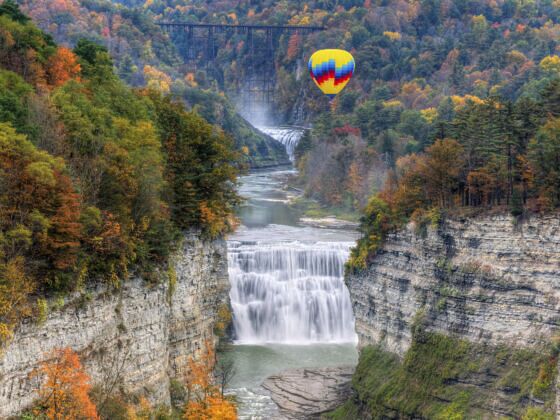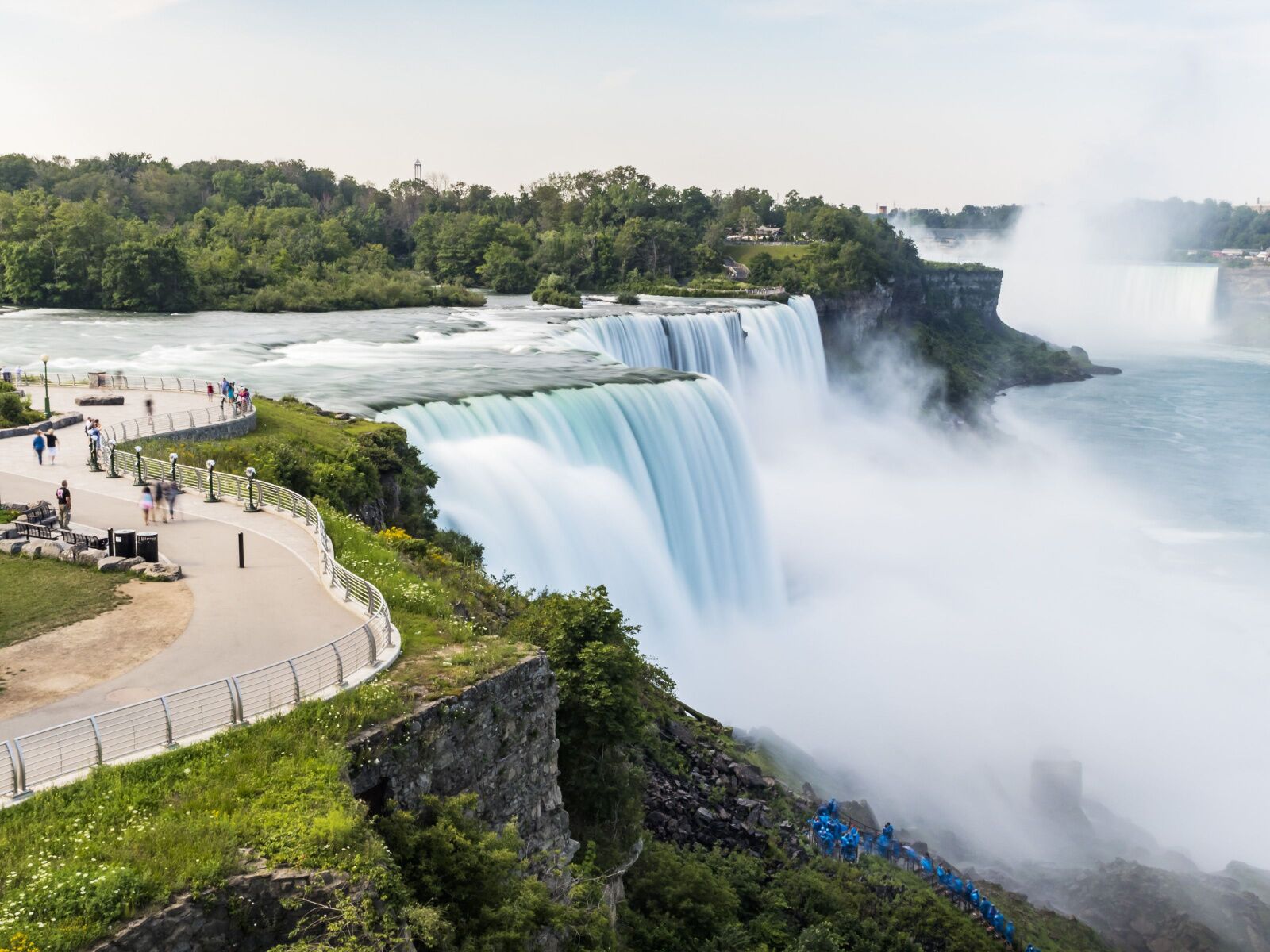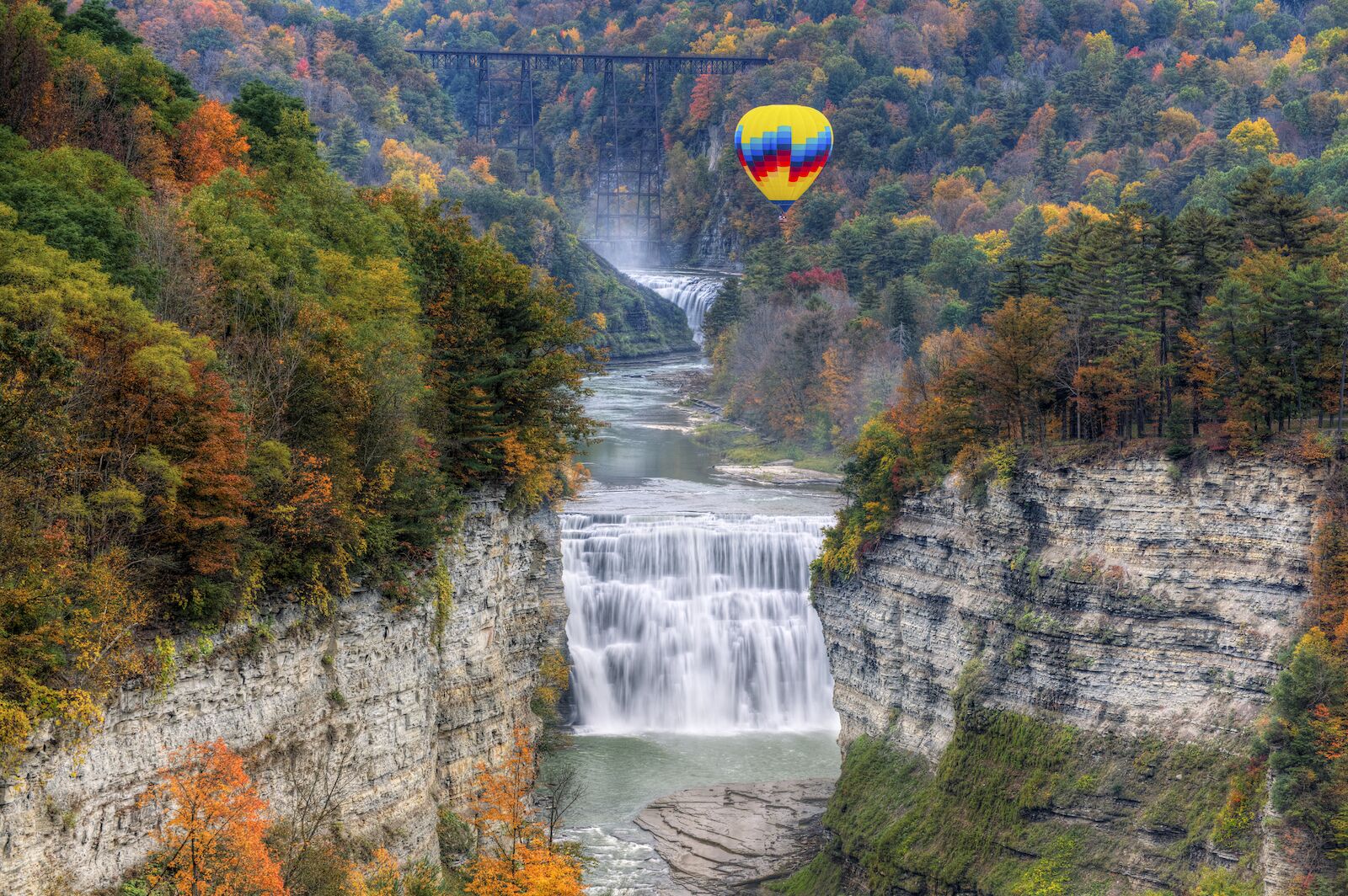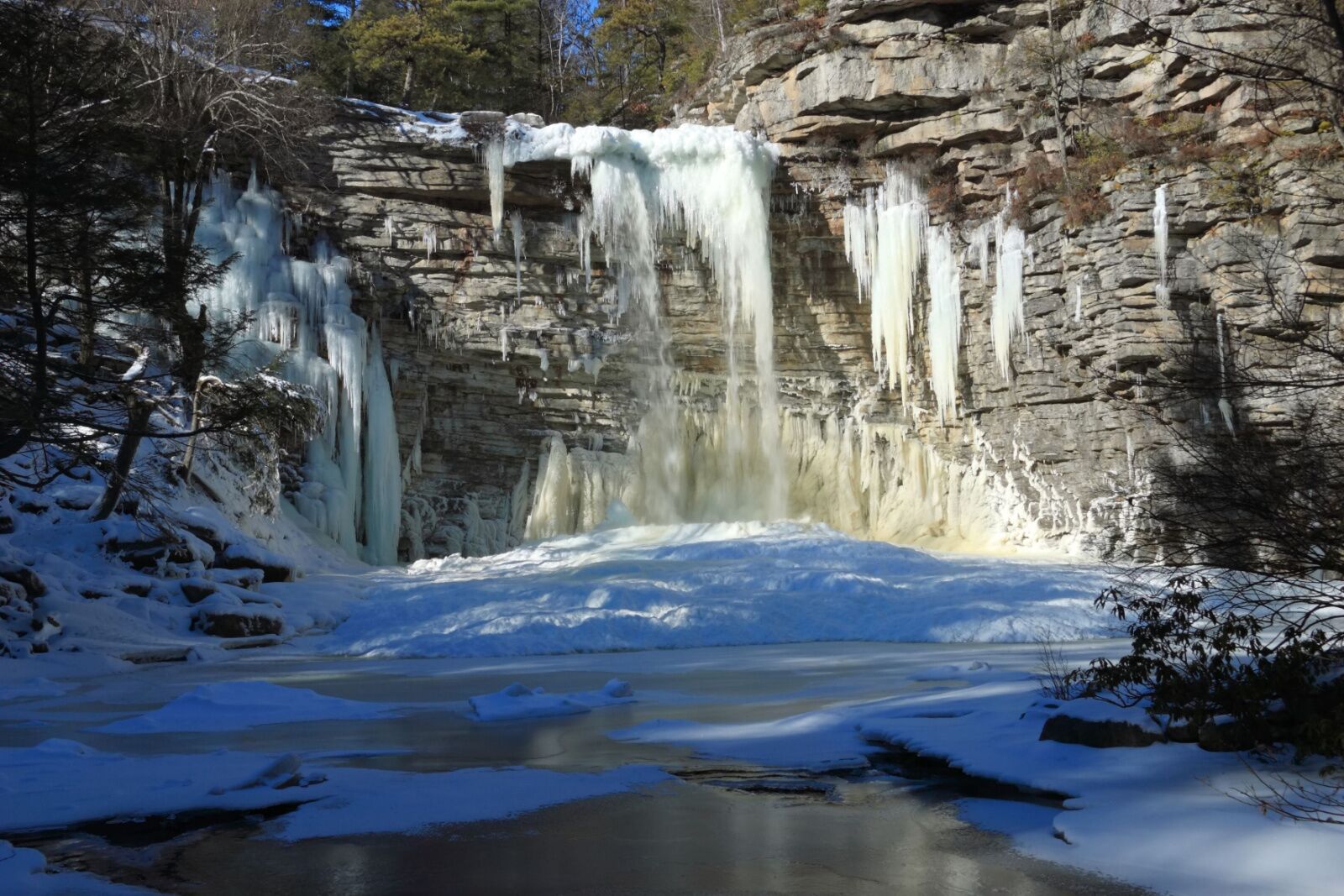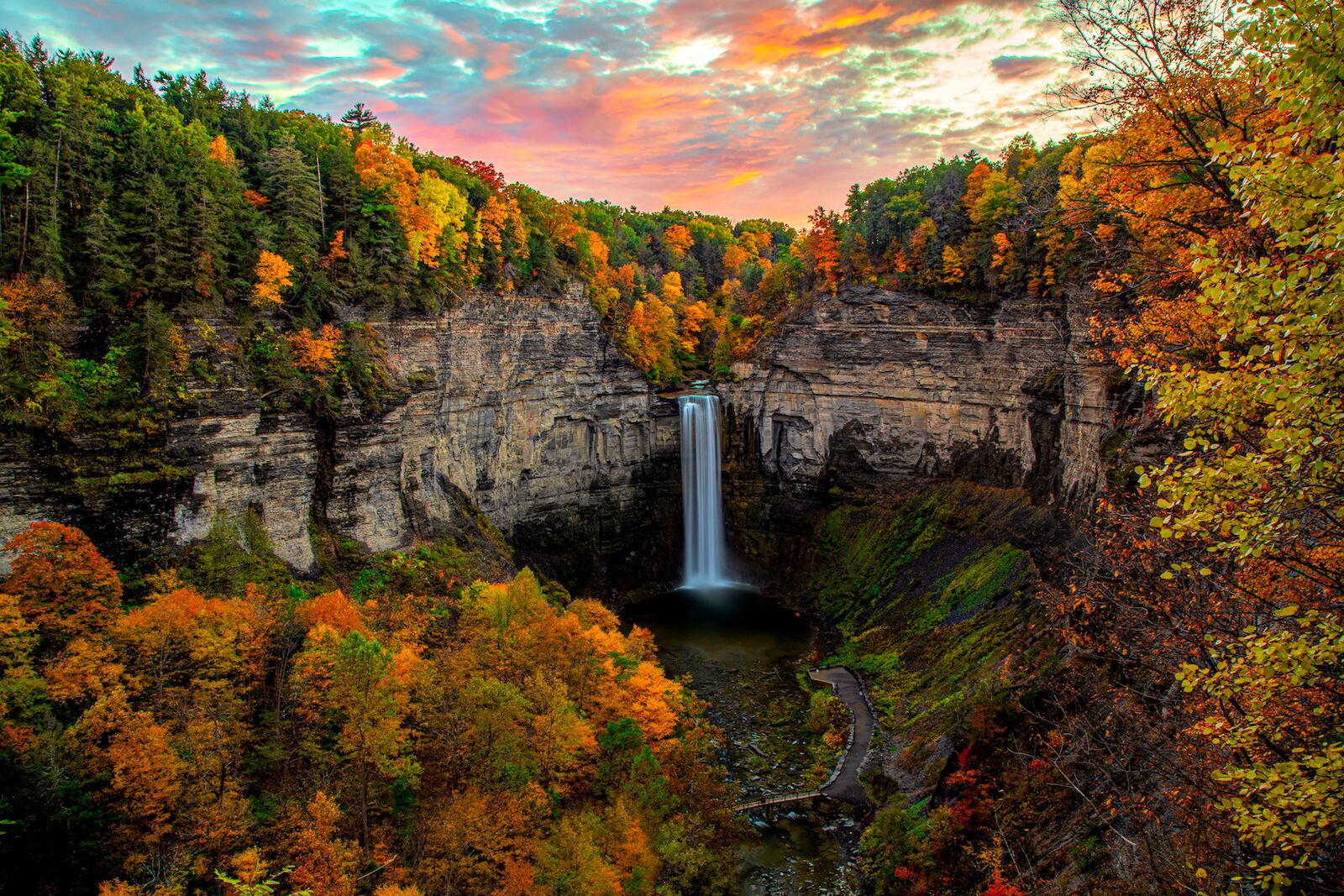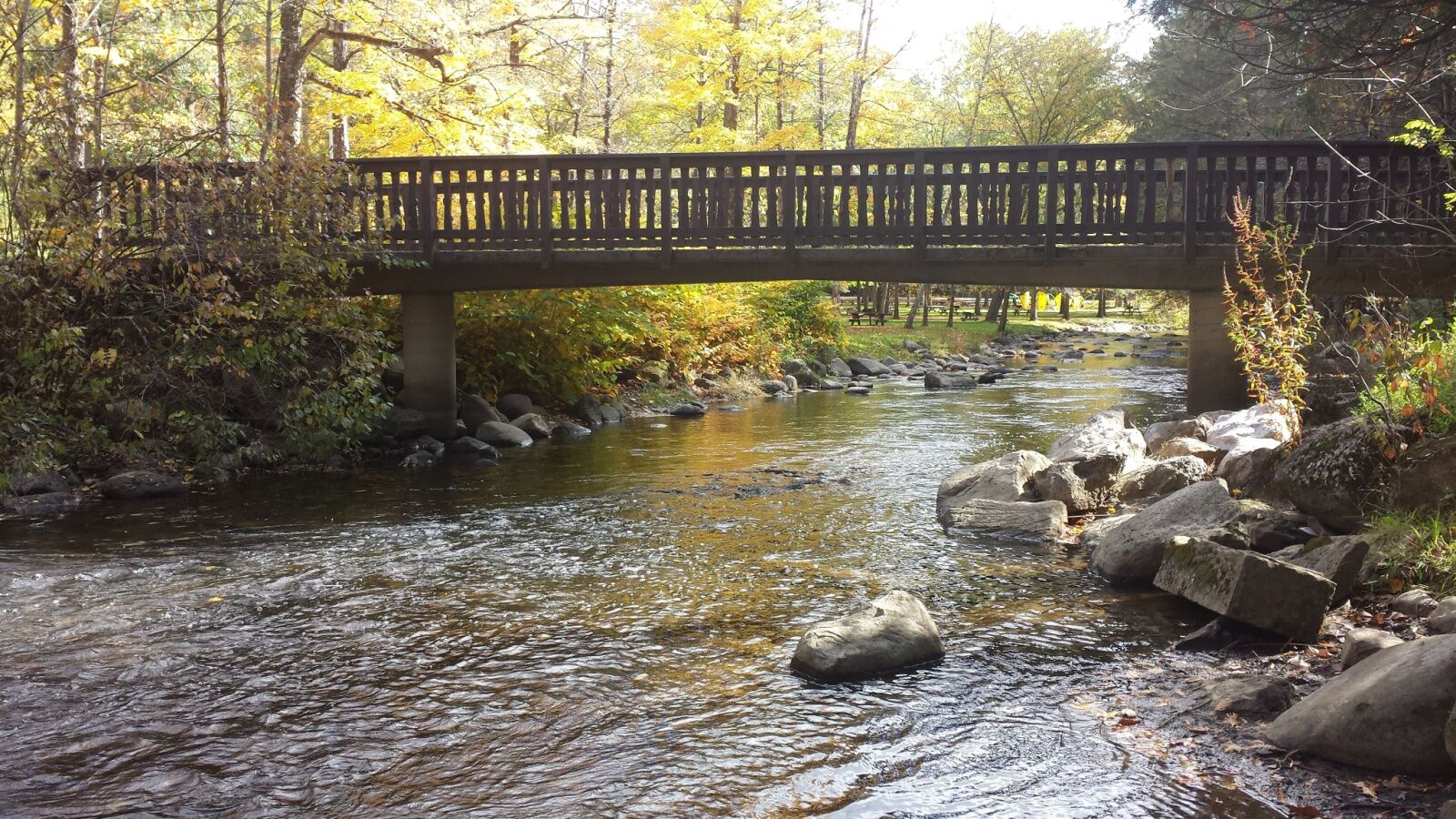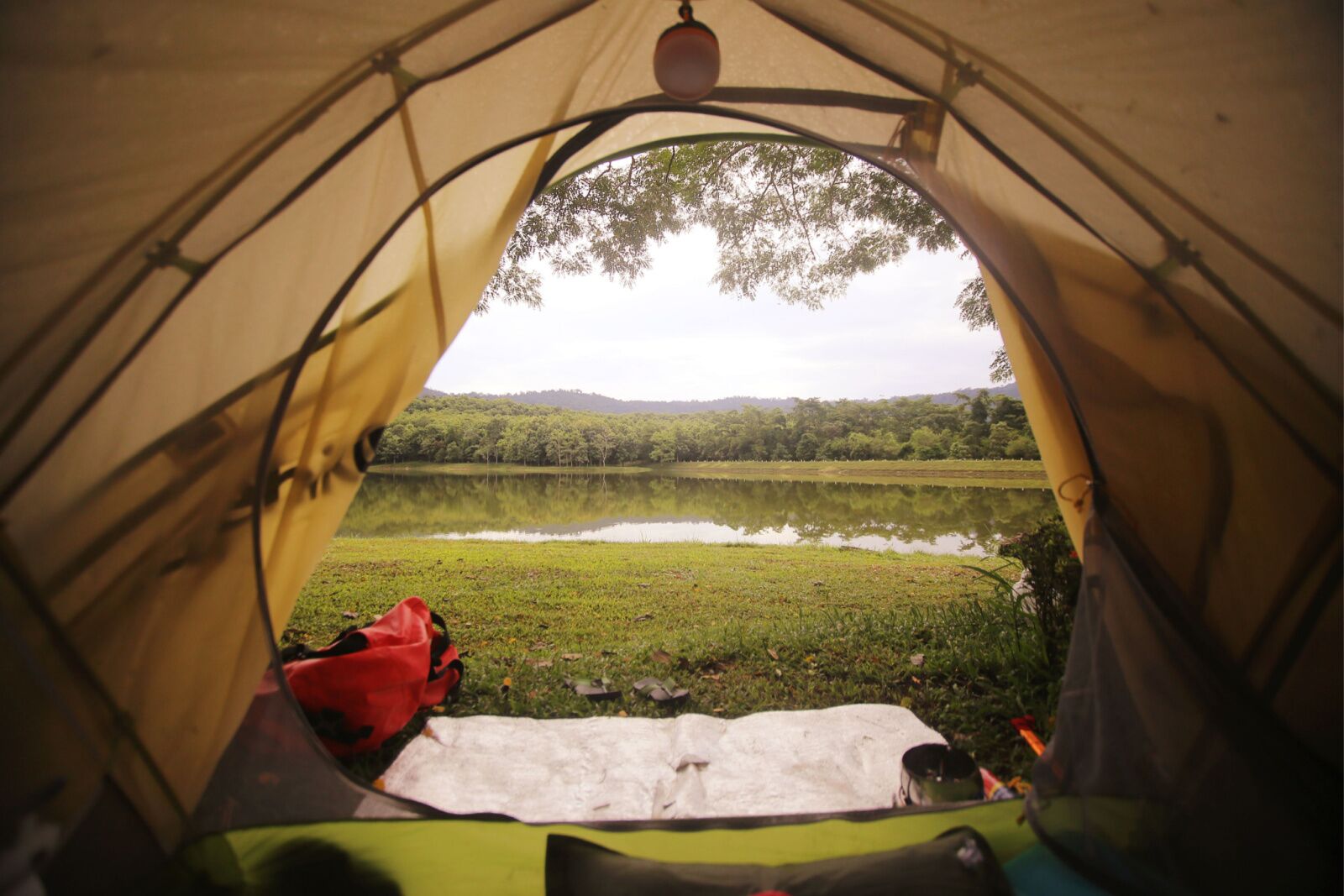New York might be synonymous with the city that doesn’t sleep, but the Empire State is more than crowded subway cars and steely skyscrapers. While NYC covers 193,000 acres, the state’s park system covers roughly 350,000 acres – meaning New York’s landscape is actually more green-space sanctuary than concrete jungle.
North America’s most powerful falls? You’ll find them in New York. A miniature Grand Canyon? You’ll find that within NY’s borders, too. It’s no wonder over 78 million people visit New York state parks annually, since the hiking trails, historical sites, geological wonders, and peaceful campgrounds offered in the New York state parks system offer opportunities to beat the urban bustle and connect with the sublime and natural.
